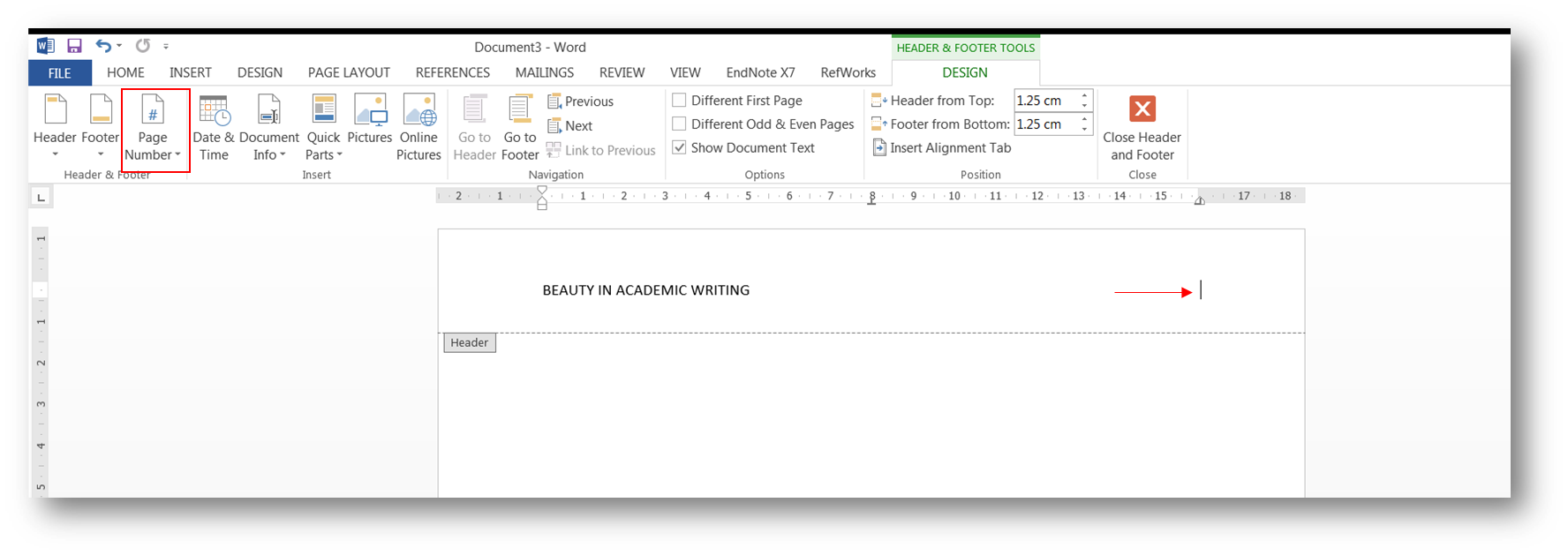
Beginning on page one of your MLA Style paper, use a running header that includes your (the author's) last name and page. As outlined on Arizona State University's website, MLA format does not mandate a title page. Versus MLA Styleįor comparison purposes, and because you might run into Modern Language Association (MLA) Style at some point in your college career, MLA requires a running header similar to APA Style. These pages also require use of a running header following the same format as in the main text. In almost all cases, you will use a reference list at the end of your essay. The running header on your abstract page is formatted in the same way as in the paper's body. If your professor requires an abstract between your title page and the main body of your paper, you must include a running header on it as well. Include the title of your paper in all capital letters flush left, along with the page number flush right. As Purdue's OWL notes, you simply remove the "Running head:" portion. The running header throughout the remainder of your APA Style paper differs slightly from the title page. Take up no more than two lines of space with your paper's title. As for your title, it should be no more than 12 words long. Locate the title flush left on your paper and the page number flush right. On the title page, use "1" as your page number. Inside of it, you type "Running head:" followed by the title of your paper in all capital letters and the page number. As illustrated at the Purdue University Online Writing Lab's (OWL) website, create a header on your title page. The title page of your APA Style paper includes a running header that is distinct from the header that leads off all other pages. But the particulars on the title page differ from all other pages, which maintain consistency throughout. You should include a running header on every page of your document. Each section must follow stringent stylistic guidelines. In addition to requiring a running header, the APA format necessitates a title page, abstract, main body and reference list in your paper, although individual professors often tweak these requirements.


#How to do a running head in word 2010 with page numbers free
Help users increase productivity by automatically signing up for TechRepublic’s free Microsoft Office Suite newsletter, featuring Word, Excel, and Access tips, delivered each Wednesday.Though best known as the primary way to cite research paper sources in the social and behavioral sciences, APA Style covers general essay structure extensively. Click the up arrow of the From Edge: Footer box until you reach 1″ and then click OK.Ĭheck out the Microsoft Word archive, and catch up on our most recent Word tips.

Click the up arrow of the From Edge: Header box until you reach 1″.For example, to adjust the header and footer so that both are one inch from the edge of the paper, follow these steps: You could use your mouse to adjust the top margin as you did to adjust the bottom margin in steps 4 and 5 above, or you could use the Page Setup dialog box, which lets you adjust the header and footer at the same time. When this happens, you need to increase the distance of the header or footer text from the edge of the page. Sometimes a header or footer overlaps the margin so that it prints too close to the top or bottom edge of the paper. Click and drag the bottom margin until your header text is the desired distance from your document text.Move your mouse along the white area of the vertical ruler until it becomes a double-headed arrow and a ToolTip appears that reads Bottom Margin.If the page ruler is not visible, go to View | Ruler.When you find that your header is almost overlapping the first line of text in your Word document, you do not need to make your header smaller you need to increase the distance of the header text from the rest of the content on the page. When you find your header is almost overlapping the first line of text in your Word document, you do not need to make your header smaller you need to increase the distance of the header text from the rest of the content on the page. Keep Word headers and footers from overlapping your document’s text


 0 kommentar(er)
0 kommentar(er)
